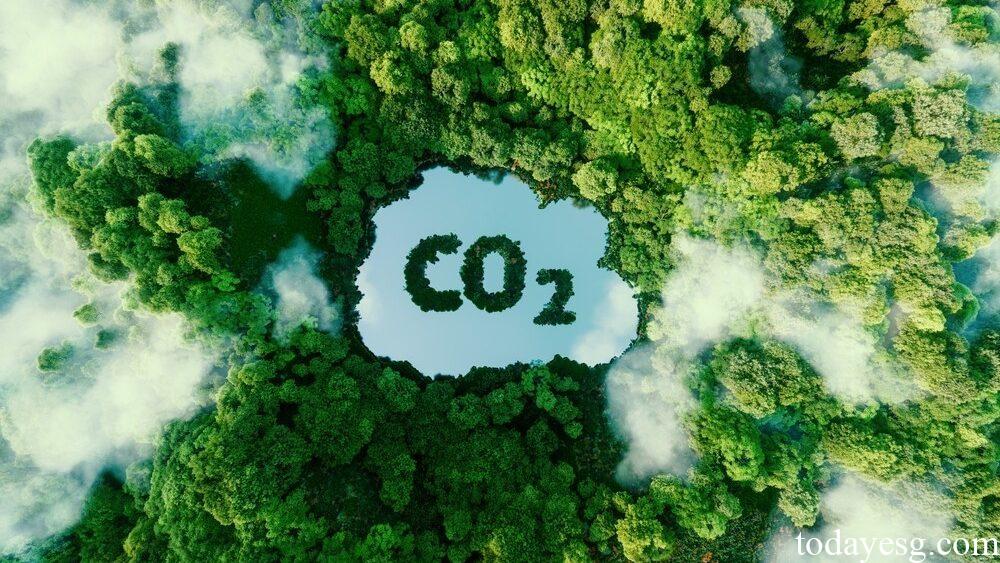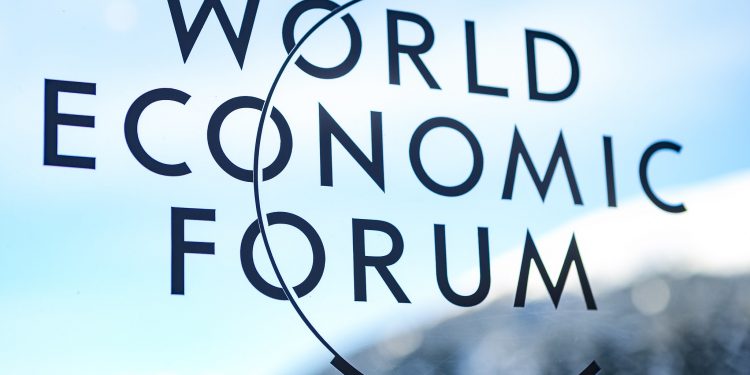Closing Climate Action Gap Report
The World Economic Forum (WEF) releases closing climate action gap report, which aims to call on governments and businesses to take measures to reduce carbon emissions to achieve the warming goals under Paris Agreement.
WEF research finds that to achieve the 1.5 degrees Celsius warming target, global carbon emissions need to decrease by 7% per year, but currently global carbon emissions are still growing at an annual rate of 1.5%. Closing the climate action gap is the only way to solve this problem.
Related Post: World Economic Forum Puts Climate Risks at the Top of Global Risk List
Current Progress on Global Climate Action
Although the COP28 conference adopted new measures for climate action, such as tripling renewable energy, doubling energy efficiency, and providing more funds for climate change mitigation by 2030, current global climate action progress is still below expected level. Net zero emissions commitments for 2050 by all countries account for only 35% of total global emissions, less than 20% of the world’s largest 1,000 companies have transition plans based on 1.5 degrees Celsius, and climate change financing provided by the financial industry is only half of financing gap, and the current technology level can only cover 55% of carbon emission reductions.
WEF believes that the cost of solving the negative impacts of climate change is much higher than the cost of reducing carbon emissions, and some economies that have formulated net-zero emissions policies for 2050 still have insufficient understanding of this goal. Both governments and businesses need to accelerate climate action to meet net zero targets at both the national and entity levels.

How Governments can Close the Climate Action Gap
WEF believes governments need to close the climate action gap, create green jobs, and generate social benefits. Government departments can prioritize the following measures:
- Strengthen national carbon emissions commitments. Currently, there are still 102 countries in the world that have not made net-zero commitments. Based on the Nationally Determined Contributions (NDC) formulated by all countries, the world will still emit 600 billion tons more carbon dioxide than the 1.5 degrees Celsius baseline scenario. At the same time, the climate financing gap in low- and middle-income countries is US$1.2 trillion to US$1.4 trillion per year. Addressing these funding gaps is crucial.
- Develop a carbon price mechanism. Many climate actions still do not incorporate the external costs of carbon emissions into decision-making. The carbon price mechanism, as an effective tool to measure carbon costs, has affected more than 25% of global carbon emissions. At present, 77% of countries have not formulated a carbon price mechanism, and carbon pricing among countries cannot achieve balance. In the future, the world should establish a consistent carbon boundary mechanism and apply carbon prices to national-level plans.
- Provide subsidies for green solutions. Clean energy, biofuels, and carbon capture and storage technologies are important factors affecting future carbon emissions, and they require more government subsidies. The current scale of global government procurement is US$11 trillion per year, accounting for approximately 15% of total global emissions. The government needs to actively implement Green Public Procurement policies to encourage fair and equitable carbon reductions.
- Remove barriers to net zero. In addition to incentives such as financial subsidies, factors such as policy implementation deadlines, supply chain constraints and talent shortages are also affecting net zero development. For example, global demand for clean energy jobs will grow from 32 million in 2019 to 70 million in 2030. The government needs to speed up the approval of green projects, reduce risks in the raw material supply chain, cultivate more green skilled talents, and promote correct climate awareness to the public.
- Prepare for tougher climate action. With multiple challenges coexisting, governments need to be aware of the long-term negative effects of climate change. If we fall behind in reducing carbon emissions, we may need to invest more in adapting to climate change. Governments need to be adequately prepared for these impacts.
How Enterprises can Close the Climate Action Gap
In addition to governments, enterprises also need to play a role in closing the climate action gap. WEF provides five measures for enterprises:
- Accelerate the decarbonization of supply chains. WEF found that when upstream and downstream supply chains are considered, the emissions of the world’s top 1000 companies may reach more than 25% of total emissions. Less than 30% of the world’s top 500 companies have formulated decarbonization policies for suppliers. Therefore, companies need to accelerate the decarbonization of supply chains and reduce Scope 3 carbon emissions.
- Encourage customers to make environmentally friendly choices. Since customers are generally unwilling to pay for sustainable solutions with no added value, companies need to strengthen communication with customers, recommend net zero products to customers, and make them aware of the company’s net zero actions. Companies can also introduce carbon labels to demonstrate to consumers the green premium brought about by decarbonization.
- Promote industry carbon emission reduction. Businesses can work with industry partners to establish green standards that provide consistency across the industry for net zero. These actions can change market demand and drive willingness to pay further down the supply chain.
- Participate in cross-industry collaboration. Companies can cooperate with industries related to decarbonization technologies to complete decarbonization plans faster and at lower costs. They can also share net-zero risks and expand their influence in different industries.
- Support policies that are more in line with low-carbon requirements. Businesses can actively respond to the government’s net-zero policies, express support for climate action, and establish processes to participate in climate governance.
Reference:








